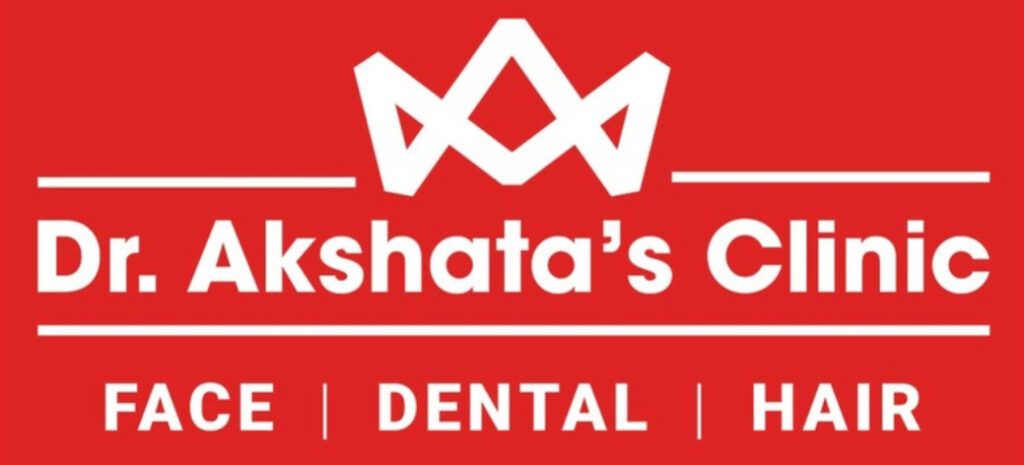Platelet-rich plasma (PRP) therapy has gained significant attention as a solution for hair loss. However, misconceptions often surround its application exclusively to hair restoration. In this article, we unravel common myths and present verifiable facts about PRP Therapy for hair loss, clarifying its potential and limitations.
Myth: PRP Therapy Guarantees Instant Hair Growth
Fact: While PRP Therapy promotes hair regrowth, it is not an instant solution. The treatment stimulates dormant hair follicles over time, gradually resulting in thicker and healthier hair.
Myth: PRP Therapy is Only for Severe Baldness
Fact: PRP Therapy is effective for varying degrees of hair loss, not limited to severe baldness. Early-stage hair loss cases often yield the best outcomes, but the procedure can benefit individuals at different stages of hair thinning.
Myth: PRP Therapy is a One-Time Fix
Fact: PRP Therapy may require multiple sessions for optimal results. The number of sessions varies based on individual needs and the severity of hair loss. Maintenance sessions might also be recommended to sustain results.
Myth: PRP Therapy is a Surgical Procedure
Fact: PRP Therapy is a non-surgical procedure that involves drawing a small amount of blood, processing it to concentrate the platelets, and then injecting the platelet-rich solution into the scalp. It is minimally invasive and involves no incisions or anesthesia.
Myth: PRP Therapy Works for Everyone
Fact: While PRP Therapy is effective for many individuals, results can vary based on factors such as genetics, overall health, and the extent of hair loss. Consultation with a medical professional helps determine if you are a suitable candidate.
Myth: PRP Therapy Replaces Hair Transplant Surgery
Fact: PRP Therapy and hair transplant surgery serve different purposes. PRP Therapy stimulates natural hair regrowth, making it suitable for individuals in early hair loss stages. Hair transplant surgery involves moving hair follicles from one part of the scalp to another and is typically considered for advanced hair loss cases.
Myth: PRP Therapy Results Are Temporary
Fact: PRP Therapy results can be long-lasting, but maintenance sessions might be necessary to sustain the benefits. Your medical professional will guide you on the recommended treatment plan for your specific needs.
Myth: PRP Therapy Has Severe Side Effects
Fact: PRP Therapy is generally well-tolerated with minimal risk of adverse effects. Since it uses your own blood components, the risk of allergic reactions or complications is low.
Myth: PRP Therapy is Expensive
Fact: The cost of PRP Therapy varies based on factors such as location, the extent of treatment, and the number of sessions required. However, when compared to surgical hair restoration methods, PRP Therapy can be a more cost-effective option.
Myth: PRP Therapy is Unproven
Fact: PRP Therapy is supported by scientific research and has gained recognition as a hair restoration method. Consultation with a qualified medical professional can provide insights into its efficacy and suitability for your specific case.
In conclusion, Platelet-Rich Plasma (PRP) Therapy is a versatile approach to hair regrowth, but it’s important to dispel myths and understand the facts. By providing accurate information, we aim to empower you with the knowledge needed to make informed decisions about PRP Therapy’s potential benefits for your individual hair loss concerns.



